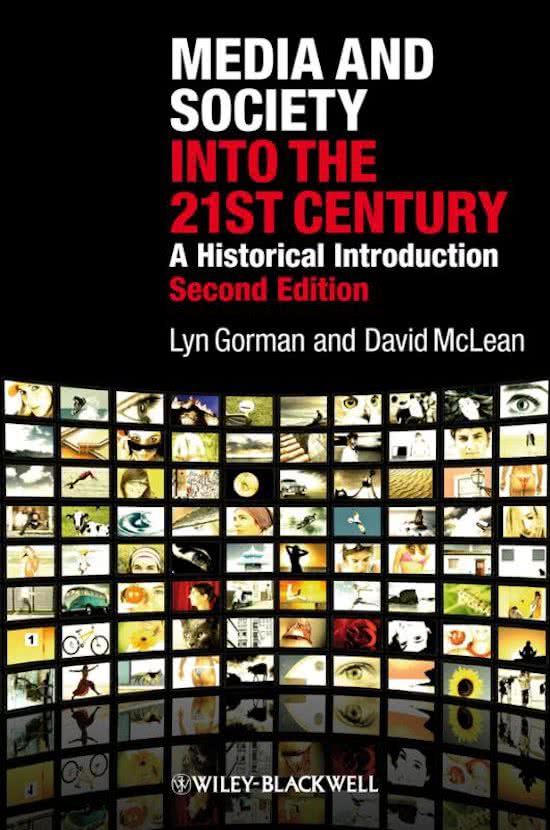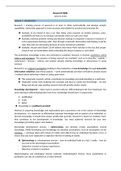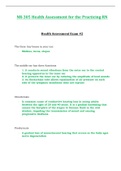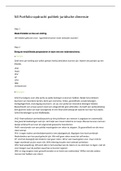Samenvatting
Media and Society into the 21st Century summary
- Instelling
- Rijksuniversiteit Groningen (RuG)
Dit is een samenvatting van het boek ''Media and Society into the 21st Century' (2e editie) van Lyn Gorman en David McLean, van de hoofdstukken 1 t/m 6, 8, 9 en 13. Dit is een beknopte maar zeer overzichtelijke samenvatting van de belangrijkste ontwikkelingen in de geschiedenis van de media die in...
[Meer zien]









